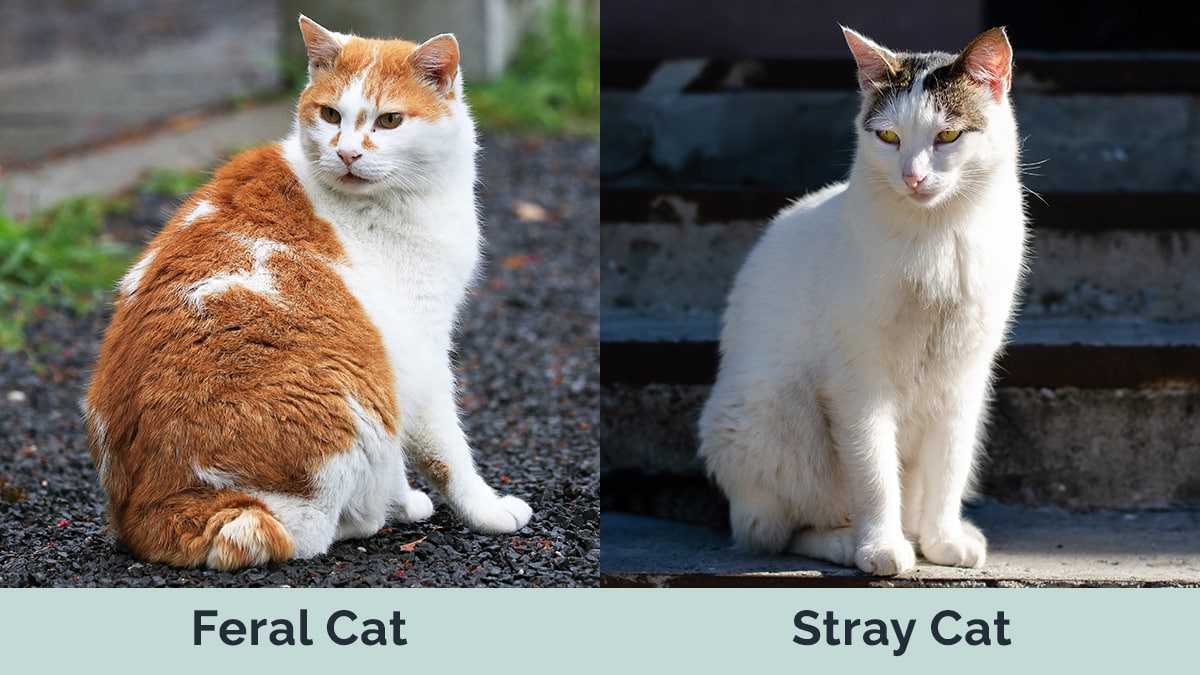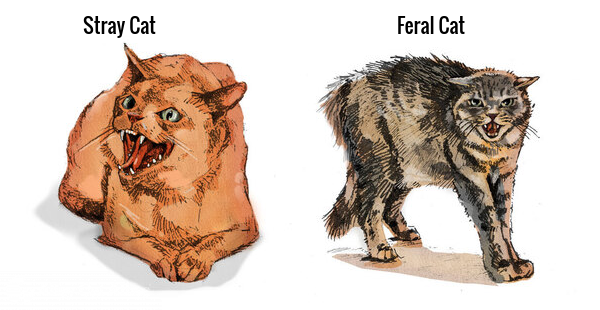

Will not approach and will likely seek hiding places to avoid people
May crawl, crouch, stay low to the ground, and protect body with tail. Unlikely to make eye contact.
More likely to be nocturnal; occasionally out during the day
Will likely stay in the back of the cage and retreat as far back as possible. If jolted or frightened, may shake, rattle, or climb the cage, and could become injured banging into the cage.
Will likely ignore all people and toys, and possibly even food. Will not show any familiarity or interest in household sounds.
Will remain tense and unsocial.
Will be aggressive and lash out if threatened or cornered (signs of aggression include ears back and eyes dilated).
May approach people, houses, porches, or cars
Might walk and move like a house cat, such as walking with tail up; a sign of friendliness. Will probably look at you, blink, or make eye contact.
Will be visible primarily during the daytime
May come to the front of the cage. May eventually rub against the cage in a friendly way.
May relax over time
May investigate toys or food placed near the cage. May respond to household sounds like cat food cans or bags being opened.
May hiss or growl to show anxiety.